Schedule a Call Back
Casting a bright future
 Technical Articles
Technical Articles- Apr 01,18

Related Stories
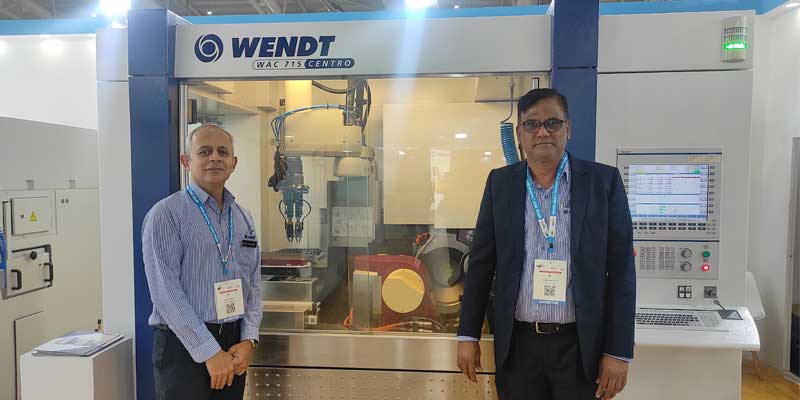
Wendt India is targeting high double-digit growth rate: Ninad Gadgil
In this exclusive interview with Rakesh Rao, Ninad Gadgil, Executive Director & CEO, Wendt India Ltd, elaborates on the evolving machine tools market and the company’s future plans.
Read more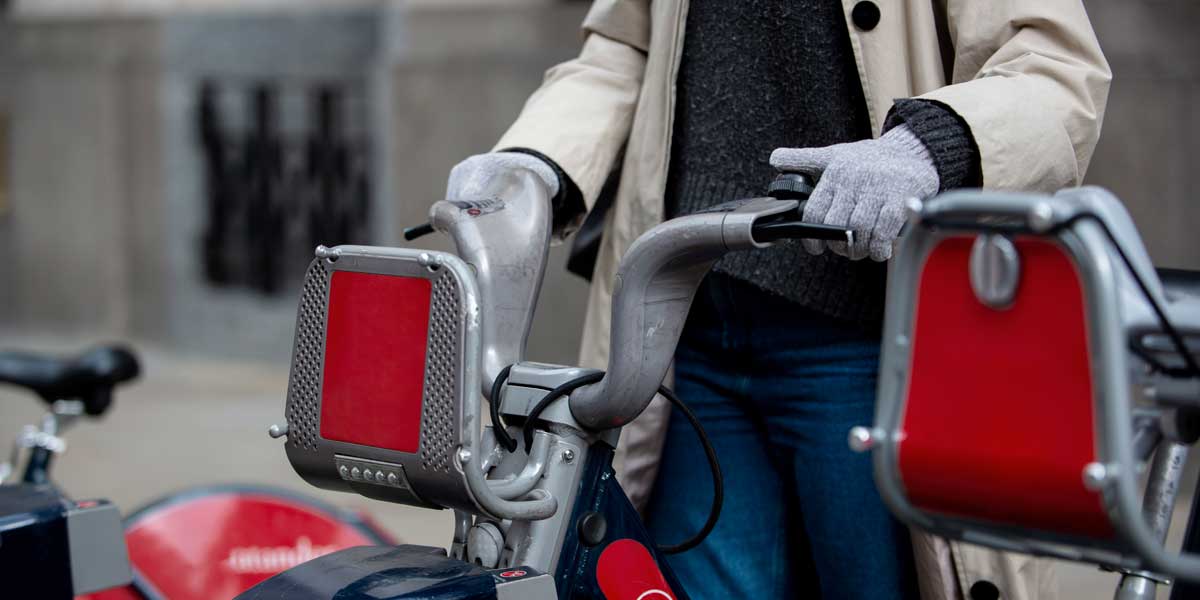
Electric 3-wheelers driving change: Naveeth Menon
The private sector is also playing a crucial role in driving the adoption of electric three-wheelers. Startups are developing customised solutions tailored to India’s unique market requirements, f..
Read more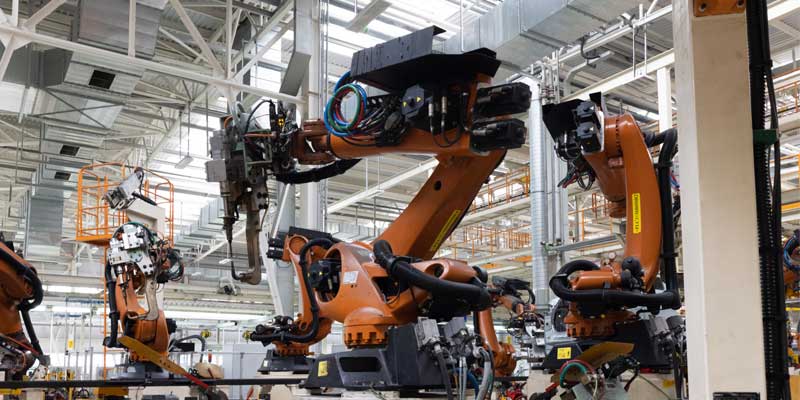
Automation to catalyse India’s growth: Narayan Kumar
The industry will move towards adopting Industry 5.0 conceptualised as ‘Society 5.0’ and Panasonic is deeply aligned with this transformative vision. Coined by the Japanese government, Society 5..
Read moreRelated Products
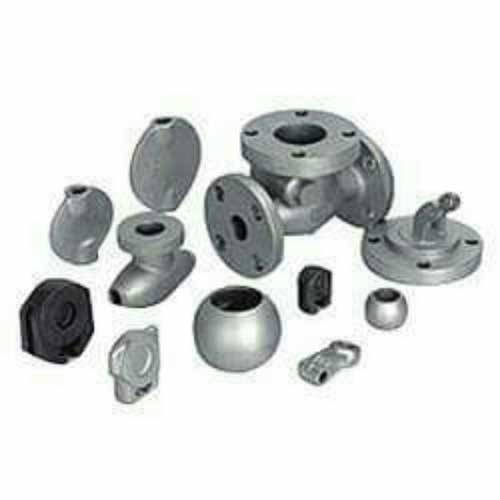
Auto Casting Components
Micro Melt offers a wide range of auto
parts casting components.
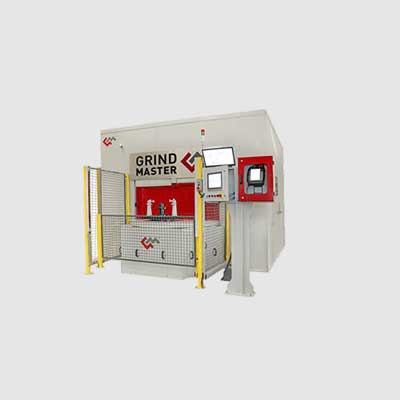
Robofinish Iron Casting Fettlingrcf
Grind Master Machines Pvt Ltd offers a wide range of robofinish iron casting fettling CF-HD series.

Casting Components
Micro Melt offers a wide range of auto parts casting components. Read more













